Home>Storage Ideas>Bathroom Storage>Designing A Bathroom Vanity: How To Choose A Vanity Unit
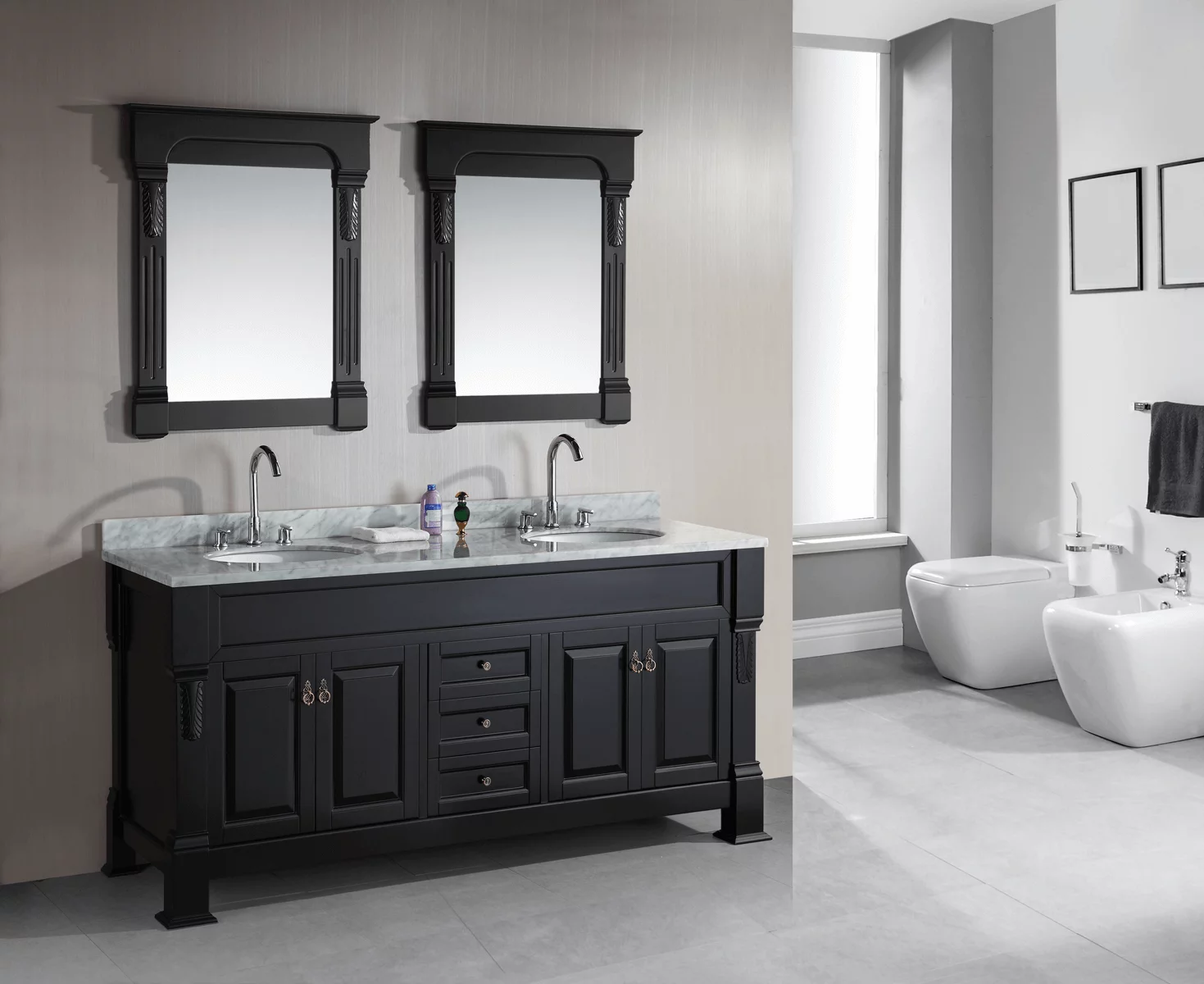

Bathroom Storage
Designing A Bathroom Vanity: How To Choose A Vanity Unit
Modified: October 31, 2024
Looking for the perfect bathroom vanity unit? Discover expert tips on designing a bathroom vanity and choosing the ideal storage solutions for your space. Transform your bathroom today!
(Many of the links in this article redirect to a specific reviewed product. Your purchase of these products through affiliate links helps to generate commission for Storables.com, at no extra cost. Learn more)
Introduction
Welcome to the world of bathroom storage and organization! Designing your bathroom vanity is an exciting project that can not only enhance the functionality of your space but also add a touch of style and sophistication. A well-chosen bathroom vanity unit can provide you with ample storage space for your toiletries, towels, and other essentials, while also serving as a focal point in your bathroom design.
However, with so many options available, choosing the right bathroom vanity unit can be a daunting task. From size and style to materials and accessories, there are numerous factors to consider before making your final decision. But fear not! In this article, we’ll guide you through the process of choosing the perfect bathroom vanity unit for your space.
Factors to Consider Before Choosing a Bathroom Vanity Unit
Before diving into the world of vanity units, it’s essential to take into account several important factors:
- Size and Layout of Your Bathroom: Measure your bathroom space to determine the appropriate size for your vanity. Consider the layout of your bathroom and ensure there is enough clearance for comfortable movement.
- Style and Design: Decide on the overall style and aesthetic of your bathroom. Do you prefer a modern, minimalist look or a classic, traditional design?
- Storage Needs: Assess your storage requirements. Consider the number of drawers, cabinets, and shelves you’ll need to accommodate your belongings.
- Plumbing Considerations: Check the location of your existing plumbing connections. Ensure that the vanity unit you choose is compatible with your plumbing setup.
- Budget: Determine your budget range for the vanity unit and stick to it. Remember to consider not only the cost of the unit itself but also any additional expenses such as countertops and sinks.
Different Types of Bathroom Vanity Units
Once you’ve considered the above factors, it’s time to explore the various types of bathroom vanity units available:
- Freestanding Vanity Units: These are standalone units that rest on the floor, providing flexibility in terms of placement and style options.
- Wall-mounted Vanity Units: Ideal for smaller bathrooms, these units are attached to the wall, creating an illusion of more space.
- Corner Vanity Units: Designed to fit in the corner of the bathroom, these units make efficient use of space while adding a unique touch to the design.
- Double Vanity Units: Perfect for shared bathrooms, these units feature two sinks and extended countertops, providing ample personal space.
Materials for Bathroom Vanity Units
The materials used in the construction of your bathroom vanity unit play a significant role in its durability and visual appeal. Some popular material options include:
- Wood: Adds warmth and elegance to your bathroom. Options like oak, cherry, and walnut offer durability and timeless beauty.
- MDF (Medium-Density Fiberboard): A budget-friendly option that offers versatility and durability. It can be finished with various laminates or paints.
- Laminate: Provides an affordable and easy-to-clean surface that mimics the look of wood or other materials.
- Glass: Offers a modern and sleek aesthetic. Tempered glass is the most common choice for vanity unit surfaces.
- Metal: Adds an industrial or contemporary look to your bathroom. Stainless steel and brass are popular options for vanity frames and hardware.
Key Takeaways:
- Choose a bathroom vanity unit that fits your space, style, and budget. Consider factors like size, storage, plumbing, and materials to create a functional and visually appealing bathroom design.
- Explore different types of vanity units, sink options, countertop materials, and lighting to personalize your bathroom space and enhance its functionality and style.
Factors to Consider Before Choosing a Bathroom Vanity Unit
Designing a bathroom vanity involves careful consideration of various factors to ensure that you choose the perfect unit for your space. Below are some important factors to keep in mind before making a decision:
Size and Layout of Your Bathroom: The size and layout of your bathroom play a crucial role in determining the size and type of vanity unit that will fit best. Measure the available space in your bathroom to determine the appropriate size for the vanity. Consider the layout of your bathroom and ensure that there is enough clearance for comfortable movement. You don’t want your vanity to be too large and overpowering or too small and insignificant in the space.
Style and Design: The style and design of your vanity unit should complement the overall aesthetic of your bathroom. Are you going for a modern, minimalist look, or do you prefer a more traditional, rustic design? Consider the existing decor and choose a vanity that harmonizes with the overall style. Pay attention to details like the shape, color, and finish of the vanity to ensure it aligns with your desired aesthetic.
Storage Needs: Think about your storage requirements when selecting a vanity unit. Consider the number and size of drawers, cabinets, and shelves you’ll need to store your toiletries, towels, and other bathroom essentials. If you have a large family or multiple people sharing the bathroom, you may require more storage space. On the other hand, if you have a smaller bathroom or minimal storage needs, a compact vanity with fewer storage options may be sufficient.
Plumbing Considerations: Before choosing a vanity unit, it’s crucial to consider the location of your existing plumbing connections. Make sure the unit you select is compatible with your plumbing setup. Check the positioning of the pipes and drains, as well as the location and size of the faucet holes. It’s much easier and cost-effective to choose a vanity that aligns with your existing plumbing rather than having to make significant modifications later.
Budget: Set a budget range for your vanity unit and stick to it. Consider not only the cost of the vanity itself but also any additional expenses such as countertops, sinks, and installation. Determine the maximum amount you can afford to spend and explore options within that price range. Keep in mind that while it’s important to stay within budget, quality and durability should also be taken into consideration. A well-made and durable vanity unit may cost more initially but can save you money in the long run by withstanding wear and tear.
By taking these factors into account, you can make an informed decision when selecting a bathroom vanity unit that meets your needs and enhances the overall design of your space.
Different Types of Bathroom Vanity Units
When it comes to bathroom vanity units, there are several different types to choose from. Each type offers unique advantages and can help you achieve the desired look and functionality in your bathroom. Let’s explore some of the most popular types:
Freestanding Vanity Units: Freestanding vanity units are standalone units that rest on the floor. These versatile units offer flexibility in terms of placement and style options. They come in various sizes and designs, from simple and minimalist to ornate and decorative. Freestanding vanity units are a popular choice for larger bathrooms where there is ample space to accommodate their presence. They often feature multiple drawers and cabinets, providing spacious storage for your bathroom essentials.
Wall-mounted Vanity Units: Wall-mounted vanity units are attached to the wall, creating a floating effect that can make your bathroom appear more spacious. These units are an excellent choice for smaller bathrooms or bathrooms with limited floor space, as they free up the area beneath the vanity, making it easier to clean and creating a feeling of openness. Wall-mounted vanity units come in various styles and sizes and are often accompanied by storage options such as drawers and shelves, despite their seemingly weightless appearance.
Corner Vanity Units: Corner vanity units are specifically designed to fit in the corner of your bathroom. These units maximize the use of space, making them a perfect choice for compact bathrooms or bathrooms with unconventional layouts. By utilizing corners that are often overlooked, corner vanity units provide functional storage without sacrificing valuable square footage. They are available in various styles, designs, and sizes to suit your unique bathroom requirements.
Double Vanity Units: Double vanity units are designed for shared bathrooms or for individuals who prefer their own dedicated space. These units feature two sinks and extended countertops, providing each person with their own personal space. Double vanity units are available in a wide range of designs and configurations, allowing you to choose the style and storage options that best suit your needs. They are an excellent choice for larger bathrooms or master bathrooms where space is not a constraint.
When selecting a bathroom vanity unit, consider the size of your bathroom, the available space, and your storage needs. Whether you opt for a freestanding unit, a wall-mounted unit, a corner unit, or a double unit, make sure it aligns with your overall design vision and enhances the functionality of your bathroom.
Materials for Bathroom Vanity Units
Choosing the right material for your bathroom vanity unit is essential for both its durability and its aesthetic appeal. There are various materials available, each with its own unique characteristics and benefits. Let’s explore some popular materials for bathroom vanity units:
Wood: Wood is a classic and timeless choice for bathroom vanity units. It adds warmth and elegance to your bathroom design. Options like oak, cherry, and walnut are durable and known for their natural beauty. Wood can be stained or painted to match your desired style and can withstand the moisture and humidity present in bathrooms. However, keep in mind that wood requires regular maintenance to preserve its appearance and protect it from water damage.
MDF (Medium-Density Fiberboard): MDF is an engineered wood product made by breaking down hardwood or softwood residuals into fibers and combining them with a resin binder. It is a popular choice for bathroom vanity units due to its affordability, versatility, and resistance to warping. MDF can be easily finished with various laminates or paints, allowing for a wide range of design possibilities. However, it is important to note that MDF is prone to water damage and should be properly sealed in bathrooms.
Laminate: Laminate is a cost-effective and low-maintenance material for bathroom vanity units. It consists of multiple layers of resin-impregnated paper, creating a durable and easy-to-clean surface. Laminate is available in a wide variety of colors, textures, and patterns, allowing you to achieve the desired aesthetic for your bathroom. It is resistant to moisture and stains, making it a practical choice for bathroom environments. Laminate vanity units offer great value for money without compromising on style.
Glass: Glass vanity units offer a sleek and contemporary look to your bathroom. They are available in various styles, from clear glass to tinted or frosted glass. Glass vanity units are often made from tempered glass, which is stronger and more resistant to breakage than regular glass. They are easy to clean and maintain, and their reflective surface can make your bathroom appear more spacious. However, keep in mind that glass vanity units may show water spots and smudges more easily, requiring regular cleaning.
Metal: Metal vanity units, such as stainless steel or brass, can add a touch of modernity and sophistication to your bathroom. Metal is known for its durability and resistance to moisture. It can withstand the humid environment of a bathroom without rusting or corroding. Metal vanity units are available in various finishes, such as brushed or polished, allowing you to customize the look to match your bathroom style. They are easy to clean and maintain, making them a practical choice for busy households.
When choosing the material for your bathroom vanity unit, consider factors such as durability, maintenance requirements, and the overall aesthetic you wish to achieve. Each material has its own unique advantages, so choose the one that best suits your needs and enhances the overall design of your bathroom.
Choosing the Right Sink for Your Vanity Unit
The sink you choose for your bathroom vanity unit not only affects the functionality of your space but also contributes to the overall aesthetic and style. There are different types of sinks available, each with its own unique features and advantages. Let’s explore some popular sink options to help you make the right choice for your vanity unit:
Undermount Sink: An undermount sink is installed beneath the countertop, creating a seamless and streamlined look. This type of sink is popular for its clean and modern aesthetic. With the sink mounted below the countertop, the edges are hidden, making it easier to clean and maintain. Undermount sinks also maximize the usable countertop space, allowing for a sleek and clutter-free vanity area. They are available in various shapes and sizes to suit different preferences and bathroom styles.
Drop-in Sink: A drop-in sink, also known as a self-rimming or top-mount sink, is installed above the countertop, with the edges resting on the surface. This type of sink is straightforward to install and versatile in terms of style and design options. Drop-in sinks are available in various materials, shapes, and sizes, allowing you to choose the one that complements your bathroom decor. They are a popular choice for traditional or vintage-inspired bathrooms as they provide a classic and timeless look.
Vessel Sink: A vessel sink sits on top of the countertop, similar to a bowl. This type of sink makes a bold and dramatic statement in your bathroom design. Vessel sinks come in various materials, such as glass, stone, or porcelain, and offer a wide range of colors and patterns to choose from. They add a contemporary and artistic touch to your vanity unit, creating a focal point in the bathroom. Vessel sinks require a higher countertop height to accommodate the bowl-like shape, so it’s important to consider the overall ergonomics when selecting this type of sink.
When choosing the right sink for your vanity unit, consider factors such as the overall style and design of your bathroom, the practicality of the sink, and your personal preferences. Make sure the sink you choose complements the vanity unit and enhances the functionality and visual appeal of your bathroom space.
When choosing a bathroom vanity unit, consider the size of your space, the style of your bathroom, and the storage needs. Look for durable materials and a functional design that suits your daily routine.
Selecting the Appropriate Countertop for Your Vanity Unit
The countertop you choose for your bathroom vanity unit not only adds a finishing touch to the overall design but also plays a crucial role in terms of durability and functionality. There are various countertop materials available, each with its unique characteristics and advantages. Let’s explore some popular options to help you select the appropriate countertop for your vanity unit:
Marble: Marble countertops are renowned for their luxurious and elegant appearance. The natural veining and unique patterns in marble add a touch of sophistication to your bathroom design. Marble is a durable and heat-resistant material, making it suitable for bathroom vanities. However, it requires regular sealing to protect it from potential stains and etching caused by prolonged exposure to water and acidic substances.
Granite: Granite countertops are known for their durability and natural beauty. They are resistant to scratches, heat, and stains, making them an ideal option for high-traffic bathrooms. Granite comes in a wide array of colors and patterns, ensuring that you can find one that complements your desired aesthetic. Additionally, granite countertops require minimal maintenance, only needing to be sealed periodically to maintain their integrity.
Quartz: Quartz countertops are engineered stone surfaces made from quartz crystals and resin. They offer a wide range of colors and patterns, making it easy to find one that matches your bathroom style. Quartz countertops are non-porous and highly resistant to stains, scratches, and heat. They require minimal maintenance and do not require periodic sealing like natural stone countertops. Quartz countertops are a popular choice for busy households and bathrooms with high humidity.
Solid Surface: Solid surface countertops are made from a blend of acrylic, polyester, and natural minerals. They offer a seamless look and come in a variety of colors and finishes. Solid surface countertops are stain-resistant, easy to clean, and can be repaired if scratched or damaged. They are a versatile option that can be easily customized to fit any vanity unit design. However, they are not as heat-resistant as natural stone countertops, so caution should be exercised with hot hair tools or curling irons.
When selecting a countertop for your vanity unit, consider factors such as durability, maintenance requirements, and aesthetic appeal. Take into account the overall style and color scheme of your bathroom to ensure a cohesive and visually pleasing design. By choosing the appropriate countertop material, you can create a beautiful and functional vanity unit that enhances the overall ambiance of your bathroom.
Lighting Options for Bathroom Vanity Units
Proper lighting is essential for creating a functional and visually appealing bathroom vanity area. The right lighting can enhance the overall ambiance, provide task lighting for grooming activities, and add a touch of style to your bathroom. Let’s explore some popular lighting options for bathroom vanity units:
Overhead Lighting: Overhead lighting, such as ceiling-mounted fixtures or recessed lights, provides general illumination for the entire bathroom. It ensures that the space is well-lit and eliminates any shadows. When installing overhead lighting, consider the size and layout of your bathroom. Choose fixtures that complement the overall style and design of your vanity unit and ensure they provide sufficient brightness without causing glare.
Wall Sconces: Wall sconces are a popular choice for bathroom vanity lighting. They are mounted on either side of the mirror or above it, creating a flattering and even light distribution. Wall sconces not only offer functional task lighting but also add a decorative element to your bathroom design. Choose sconces that complement the style of your vanity unit and provide the right amount of light for grooming tasks.
LED Mirrors: LED mirrors combine functionality and style, making them a popular choice for modern bathrooms. These mirrors have built-in LED lights around the edges, providing a bright and even illumination for your vanity area. LED lights are energy-efficient and have a long lifespan. LED mirrors are available in various sizes and styles, allowing you to choose one that complements your vanity unit and adds a touch of contemporary flair to your bathroom.
When selecting lighting options for your bathroom vanity unit, consider the overall design aesthetic, the size of your vanity, and your lighting needs. It’s important to strike a balance between functionality and style, ensuring that the lighting enhances your grooming activities while also adding to the overall ambiance of the space. Consulting a professional electrician or lighting designer can help you make the right choices and ensure that your vanity area is well-lit and visually pleasing.
Additional Features and Accessories for Vanity Units
A bathroom vanity unit not only provides storage and a countertop for your bathroom essentials but can also be enhanced with additional features and accessories to further elevate its functionality and style. Let’s explore some popular options:
Drawers and Cabinets: Drawers and cabinets are essential for organizing and storing your bathroom items. Consider the number and size of drawers and cabinets based on your storage needs. Drawers with compartments can help keep small items organized, while cabinets can accommodate larger items like towels and cleaning supplies. Choose vanity units with soft-close mechanisms to minimize noise and prevent damage.
Mirror Options: The mirror is a key feature of any vanity unit. There are various mirror options to choose from, each offering a different look and functionality. A single large mirror above the vanity is a classic choice, providing a reflection of the entire space. Alternatively, you can opt for separate mirrors for each sink in a double vanity unit. Mirrors with built-in lighting or LED strips can provide additional illumination for grooming tasks.
Faucets and Hardware: The choice of faucets and hardware can significantly impact the overall look of your vanity unit. Consider the style and finish that complements your bathroom design. Choose from a range of options such as chrome, brushed nickel, or matte black. Explore different faucet configurations like single-hole, widespread, or wall-mounted, depending on your preferences and the available space on your countertop.
Vanity Stools or Chairs: Adding a vanity stool or chair to your bathroom vanity area can create a comfortable and stylish seating option. These seating options are not only convenient for tasks like applying makeup or styling hair but also add a luxurious touch to your vanity area. Choose a stool or chair that matches the style of your vanity unit and the overall decor of your bathroom.
By incorporating these additional features and accessories, you can personalize your vanity unit and make it truly unique. Consider your specific needs and preferences when selecting these elements, keeping in mind the overall style and functionality you wish to achieve in your bathroom space.
Conclusion
Designing a bathroom vanity unit is an exciting and important task that requires careful consideration of various factors. From size and style to materials and accessories, each decision plays a vital role in creating a functional and visually appealing space. By following the tips and guidelines outlined in this article, you can ensure that your bathroom vanity unit meets your needs and enhances the overall design of your bathroom.
Consider the size and layout of your bathroom, ensuring that the vanity unit fits comfortably and allows for easy movement. Choose a style and design that harmonizes with the overall aesthetic of your bathroom, whether it’s modern, traditional, or something in between. Assess your storage needs and select a vanity unit that provides sufficient space for your toiletries and other essentials.
Plumbing considerations are also crucial when choosing a vanity unit. Check the location of your existing plumbing connections and ensure compatibility with the unit you choose. Establish a budget and stick to it, taking into account not only the cost of the vanity unit itself but also any additional expenses like sinks and countertops.
Explore different types of vanity units, such as freestanding, wall-mounted, corner, and double units, to find the right fit for your space. Consider the materials available, such as wood, MDF, laminate, glass, and metal, and choose one that offers both durability and visual appeal.
When it comes to sinks, select a type that suits your needs and aesthetic preferences. Choose from undermount sinks for a seamless look, drop-in sinks for a classic style, or vessel sinks for a bold and modern statement.
Countertops are another essential component of your vanity unit. Materials like marble, granite, quartz, and solid surface offer different benefits in terms of durability and aesthetics. Select the one that aligns with your style and maintenance preferences.
Lighting is crucial for both functionality and ambiance. Consider overhead lighting, wall sconces, or LED mirrors to ensure proper illumination for grooming tasks. Finally, enhance your vanity unit with additional features and accessories like drawers and cabinets, mirror options, faucets and hardware, and vanity stools or chairs.
In conclusion, by carefully considering these factors and making informed choices, you can design a bathroom vanity unit that not only meets your practical needs but also reflects your personal style and enhances the overall appeal of your bathroom. Enjoy the process of creating a functional and beautiful space that you will love for years to come!
Frequently Asked Questions about Designing A Bathroom Vanity: How To Choose A Vanity Unit
Was this page helpful?
At Storables.com, we guarantee accurate and reliable information. Our content, validated by Expert Board Contributors, is crafted following stringent Editorial Policies. We're committed to providing you with well-researched, expert-backed insights for all your informational needs.
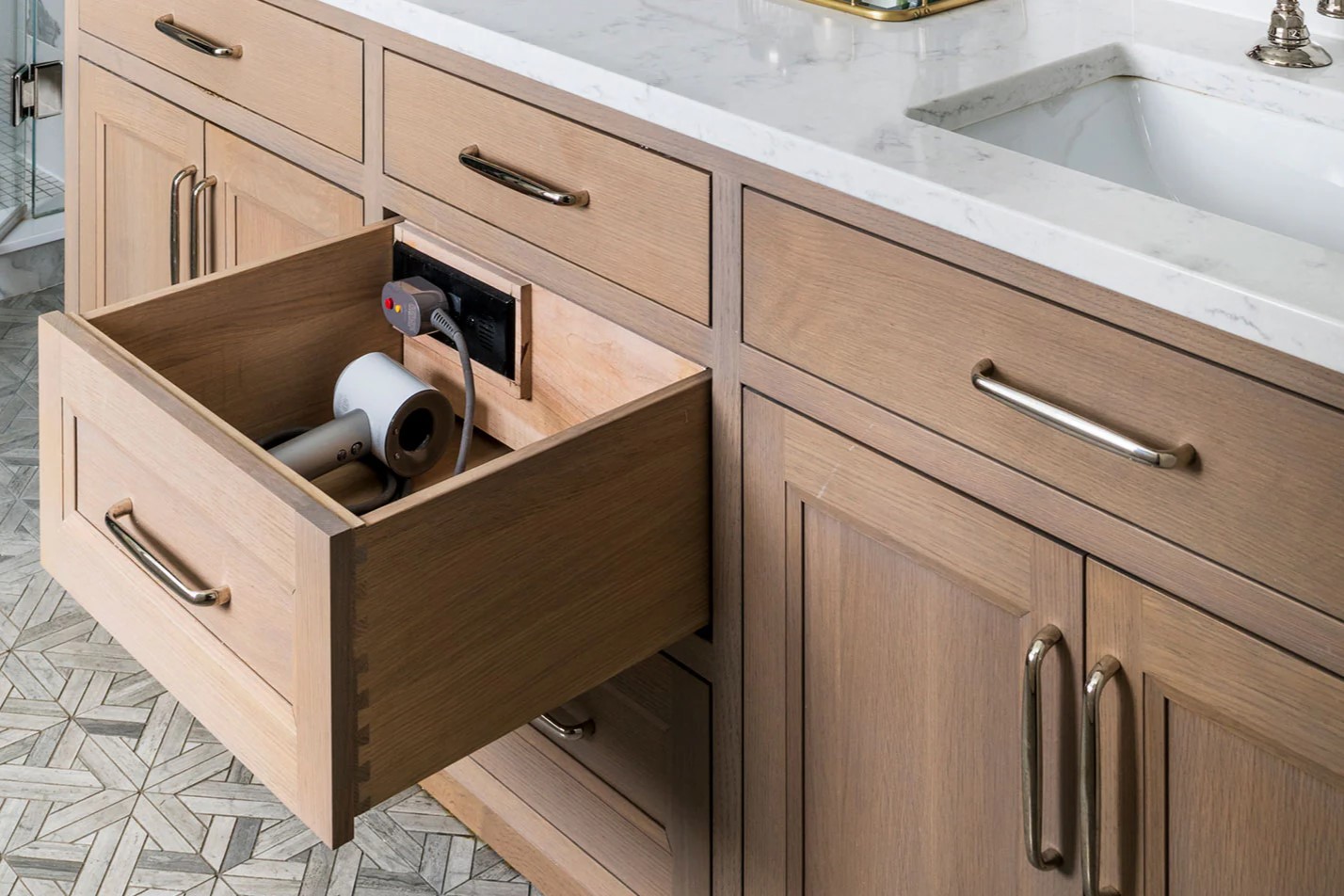
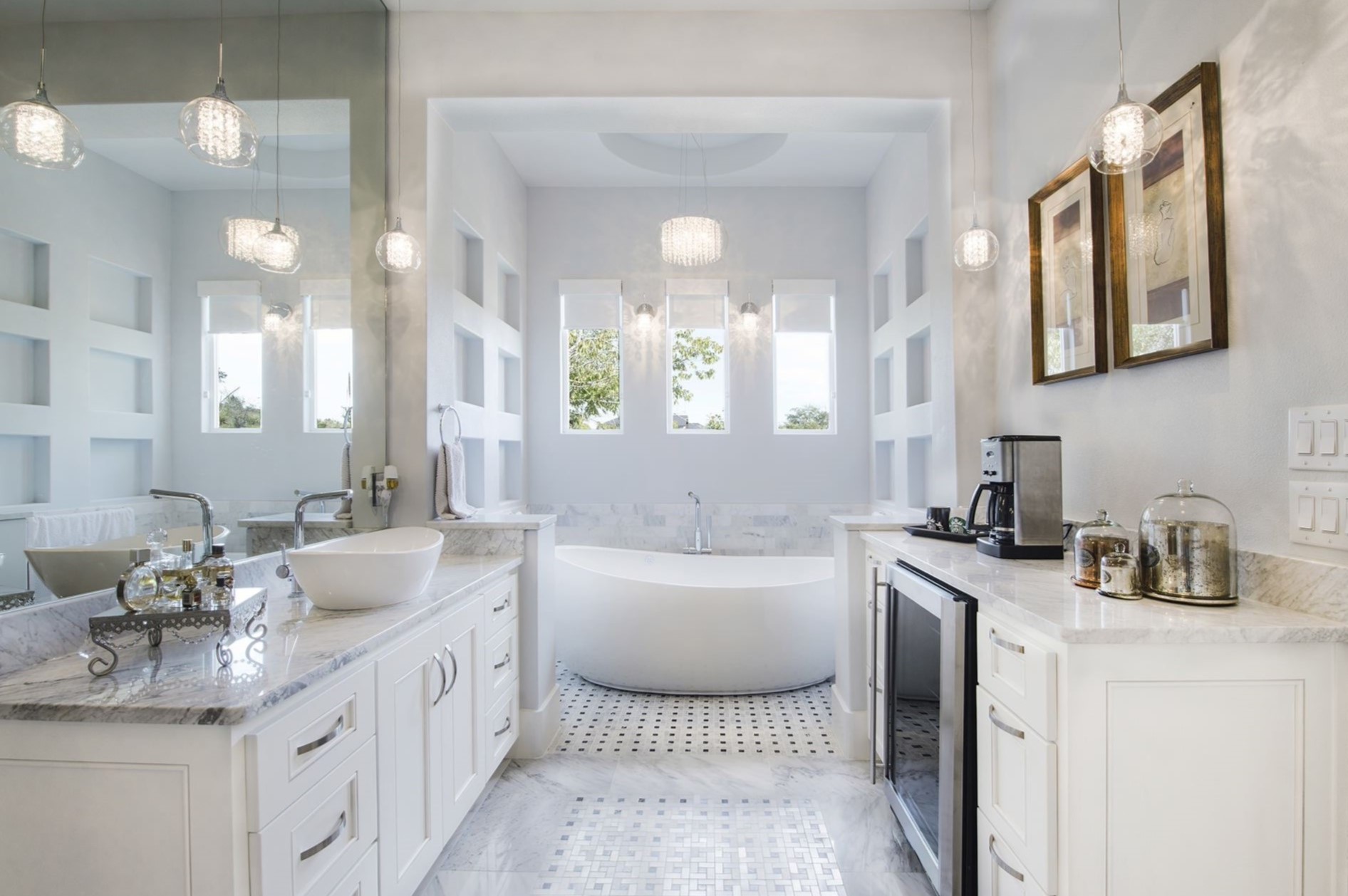
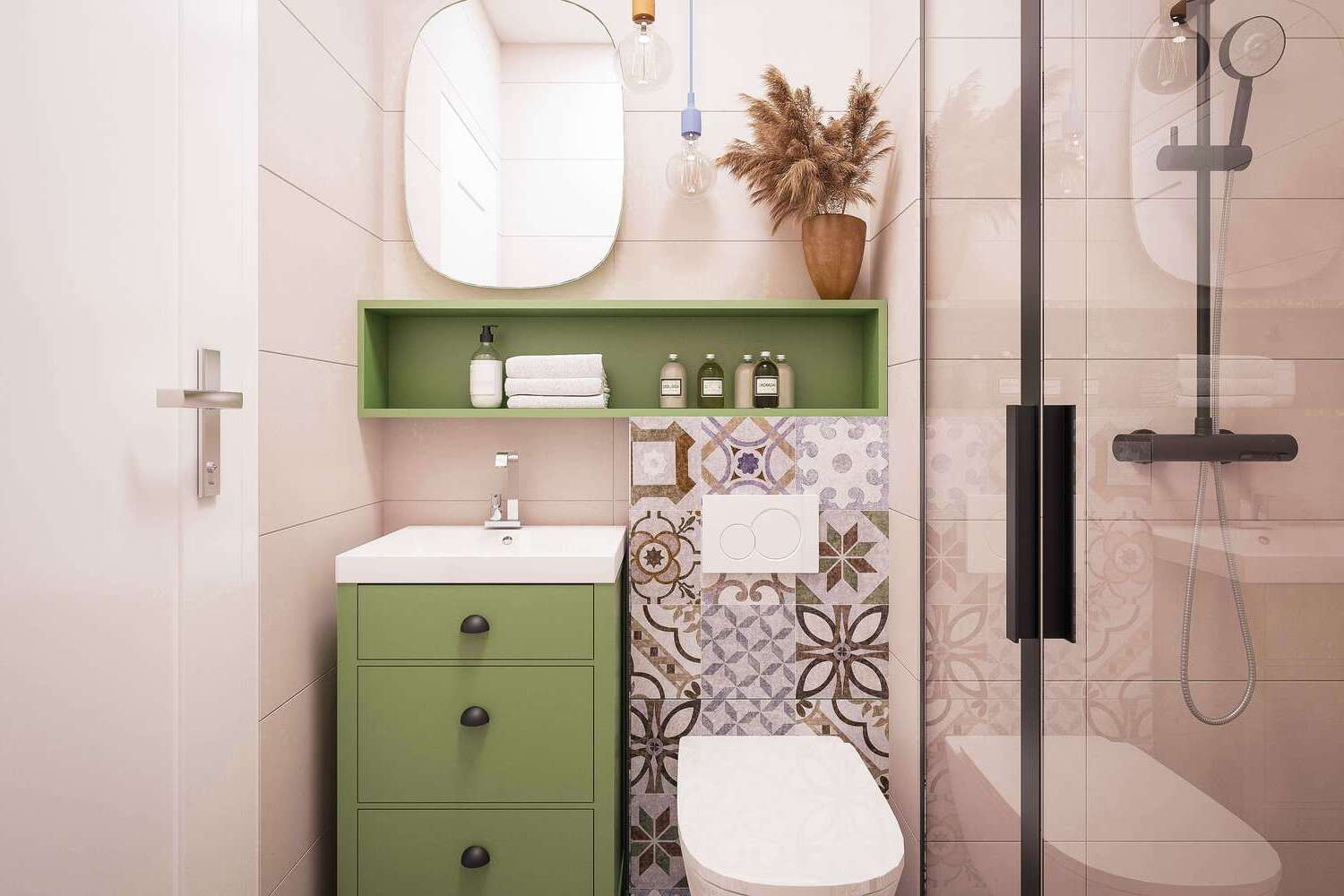
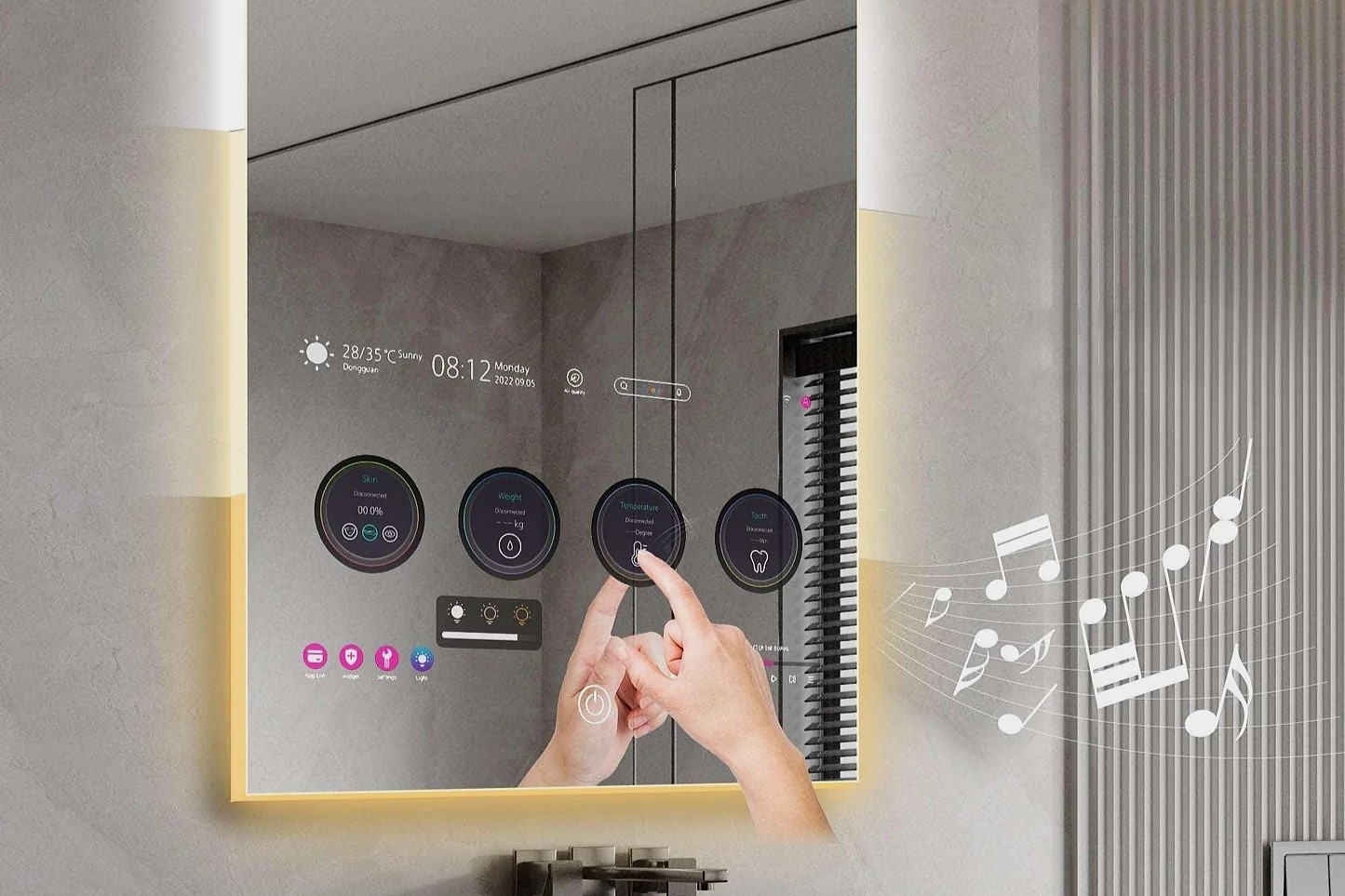
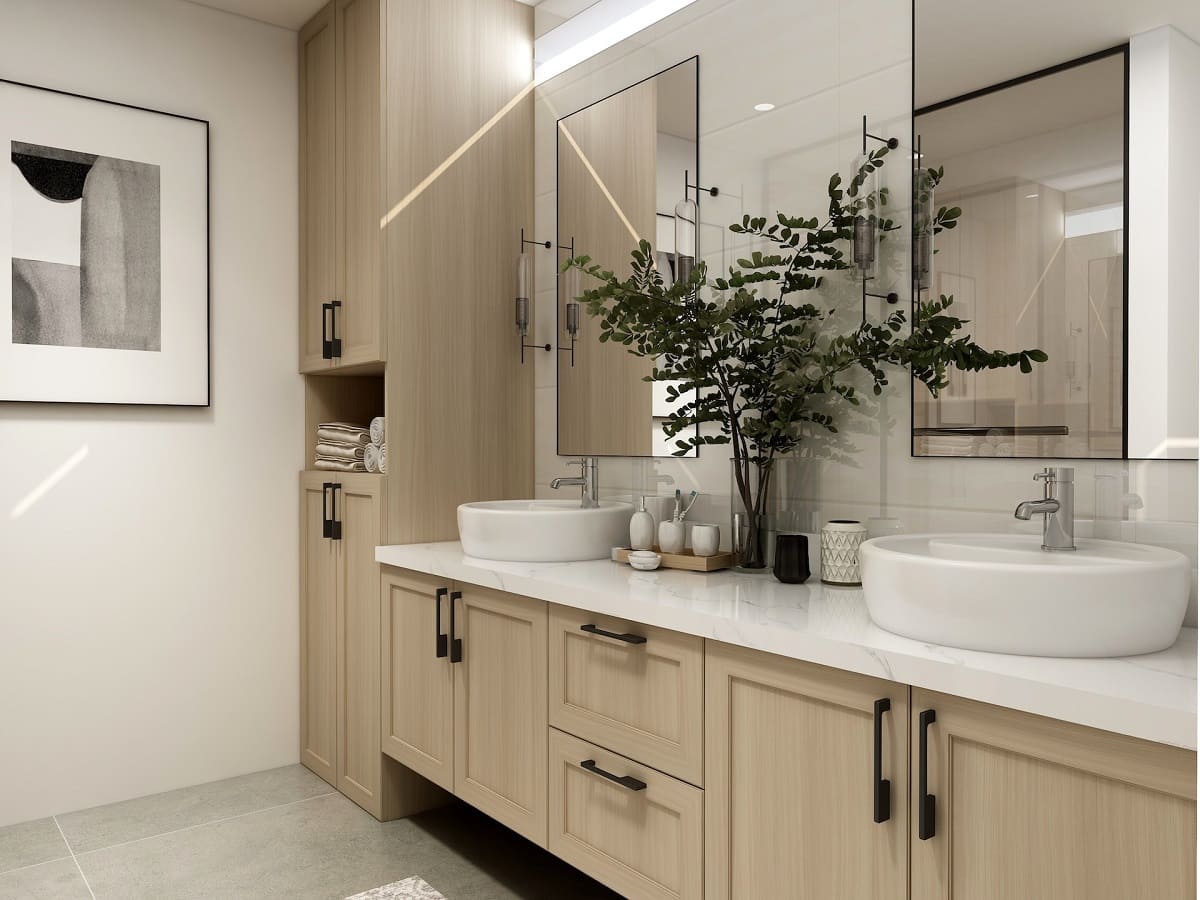
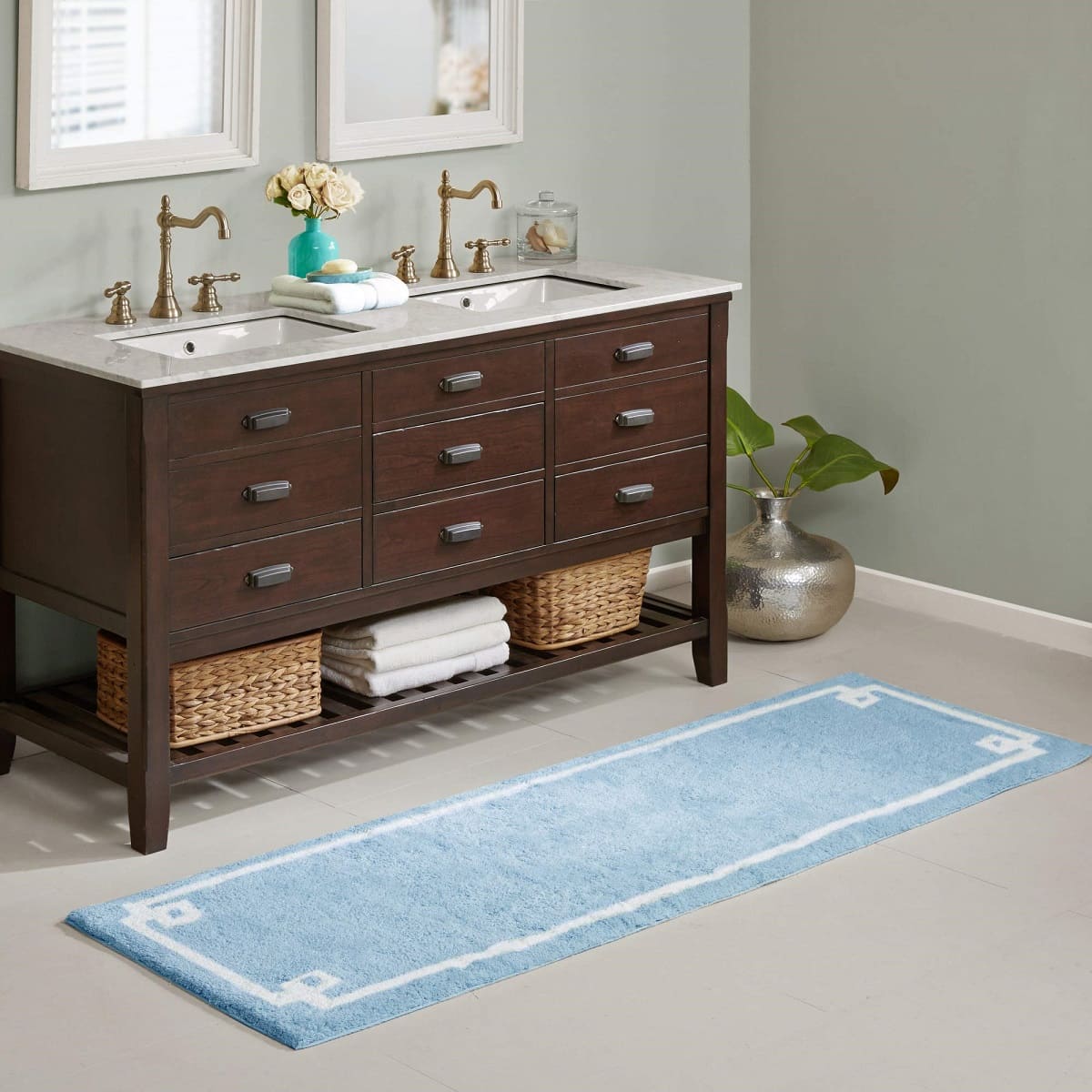
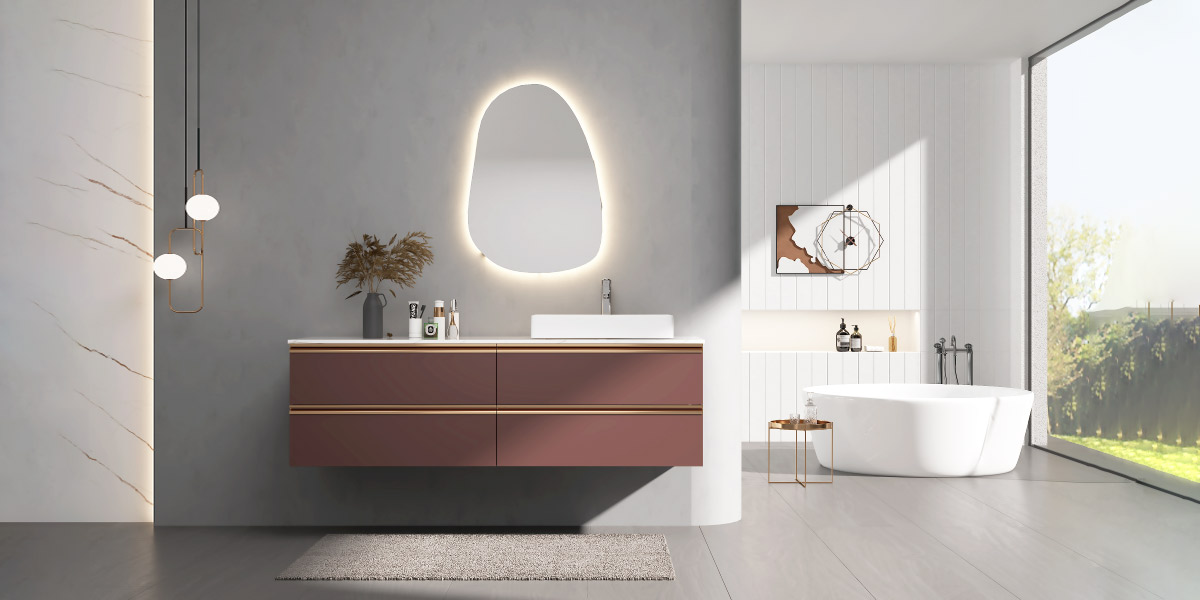
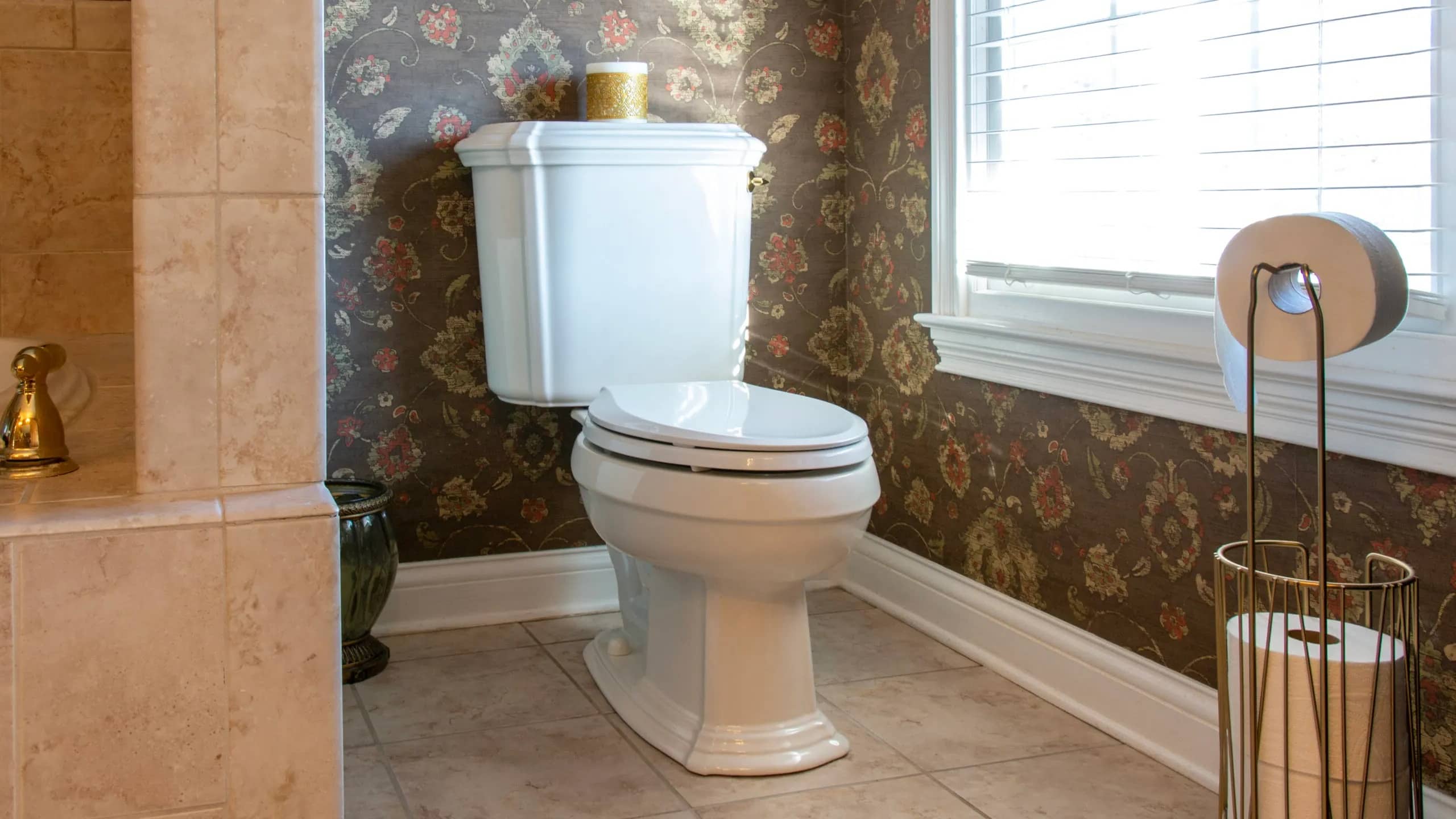
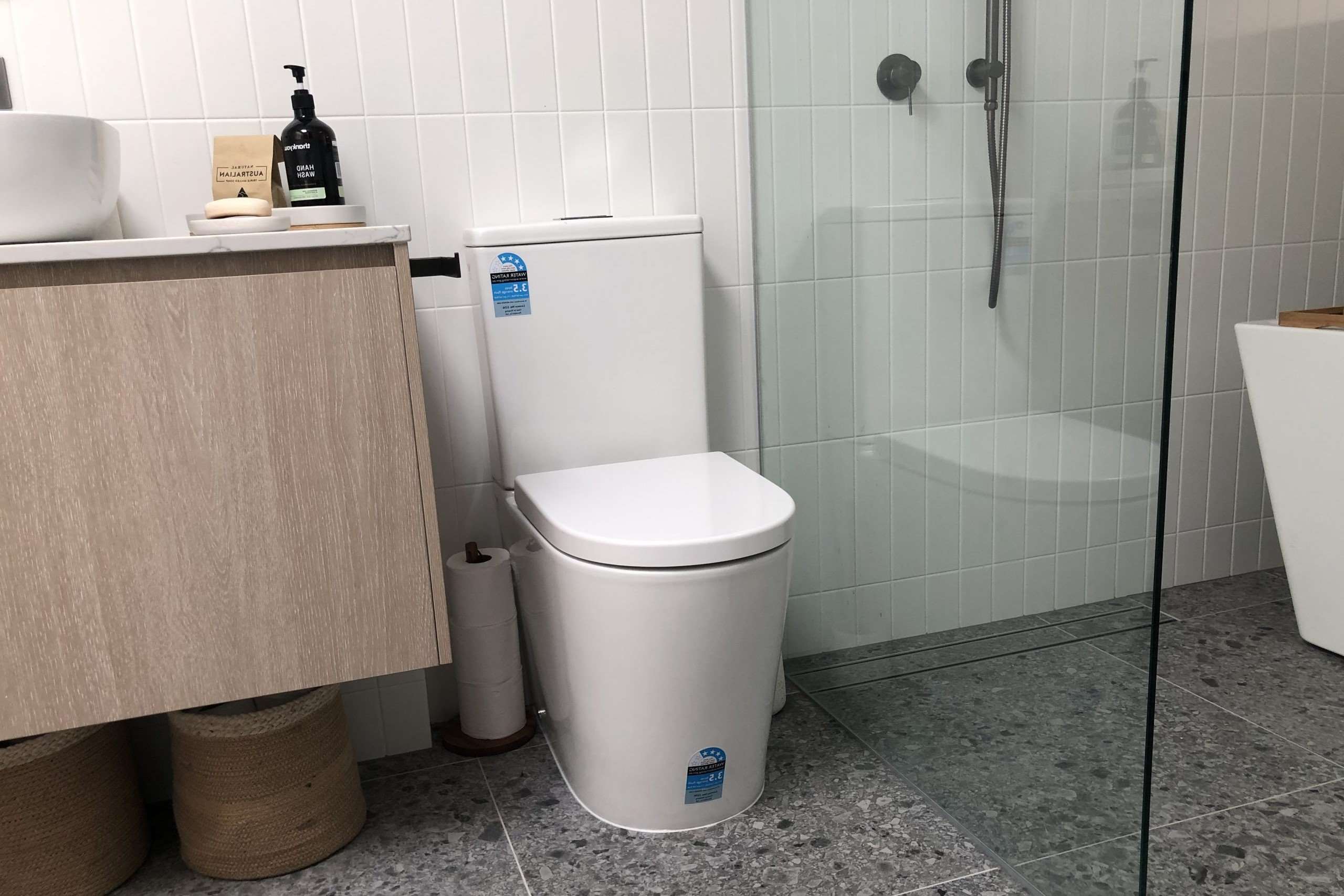

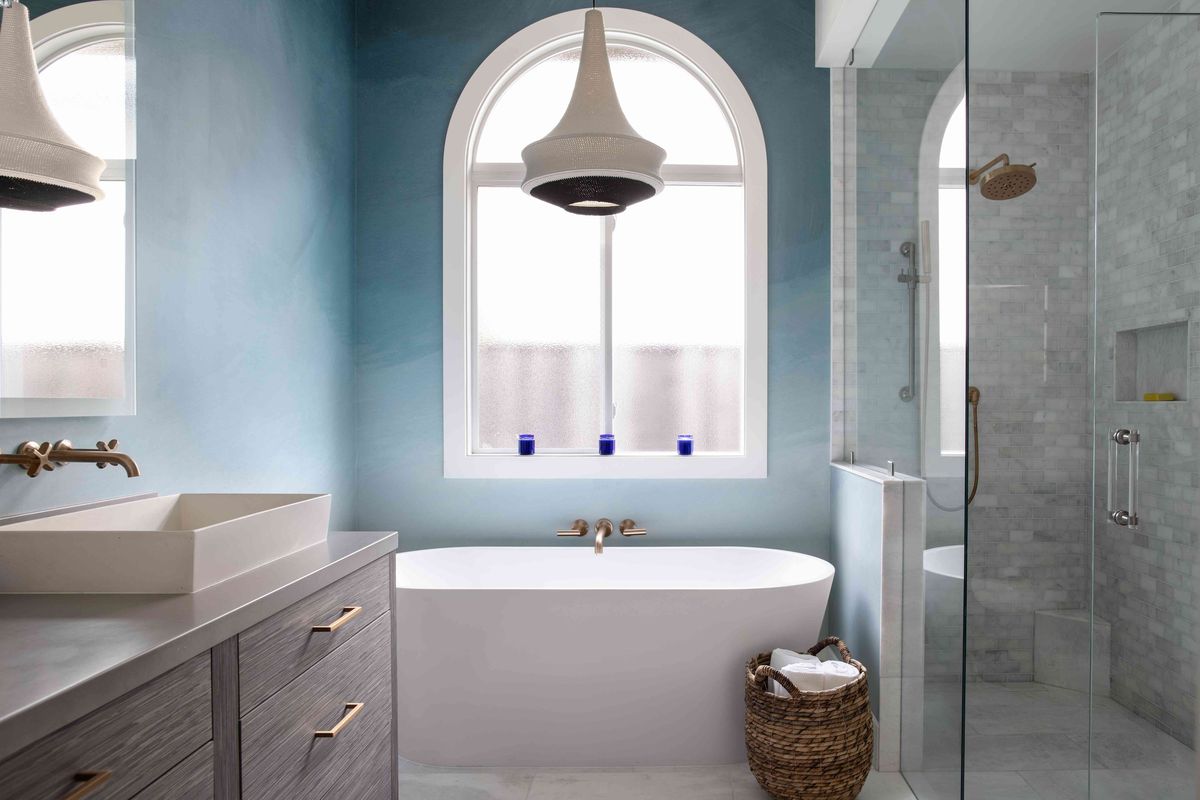
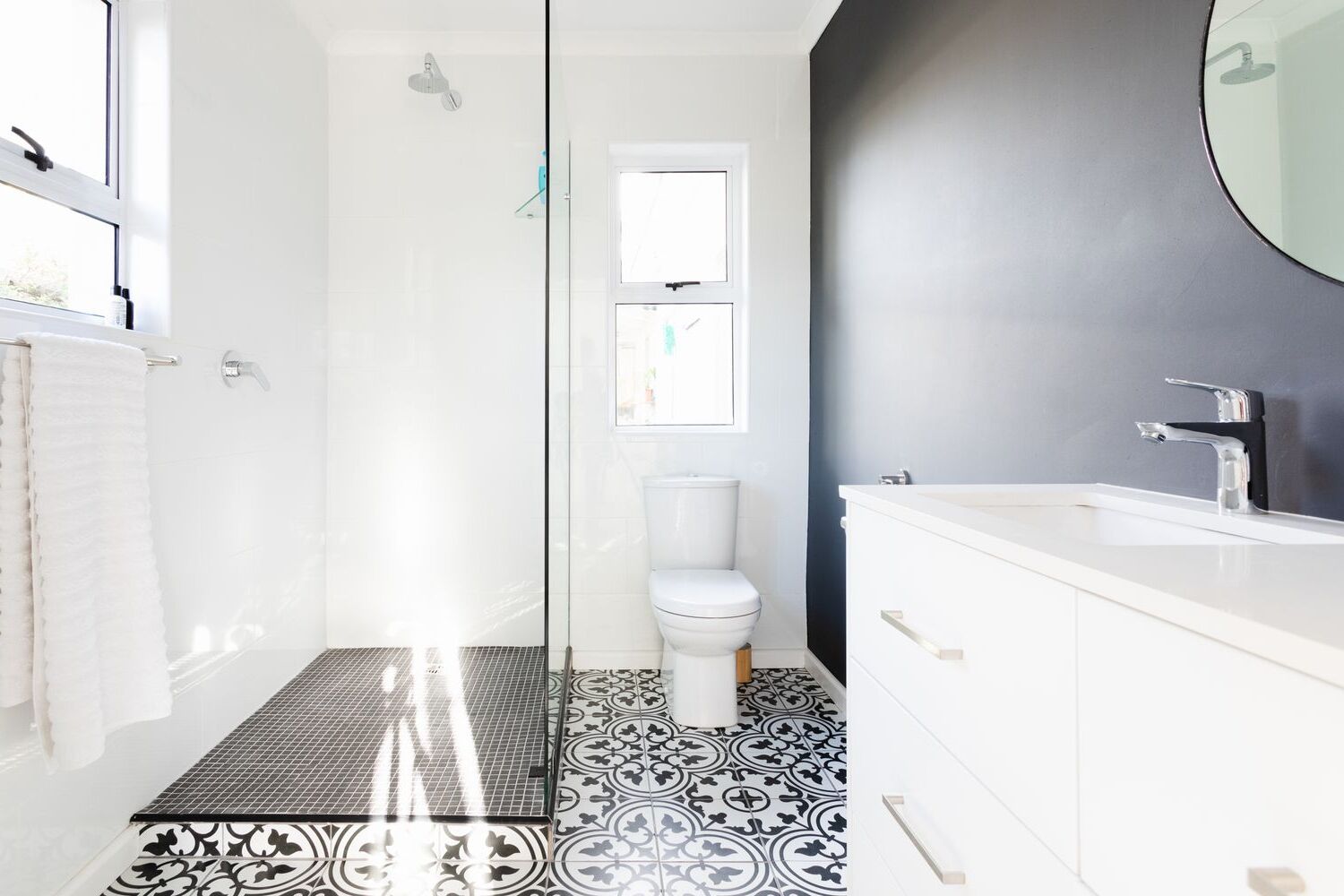
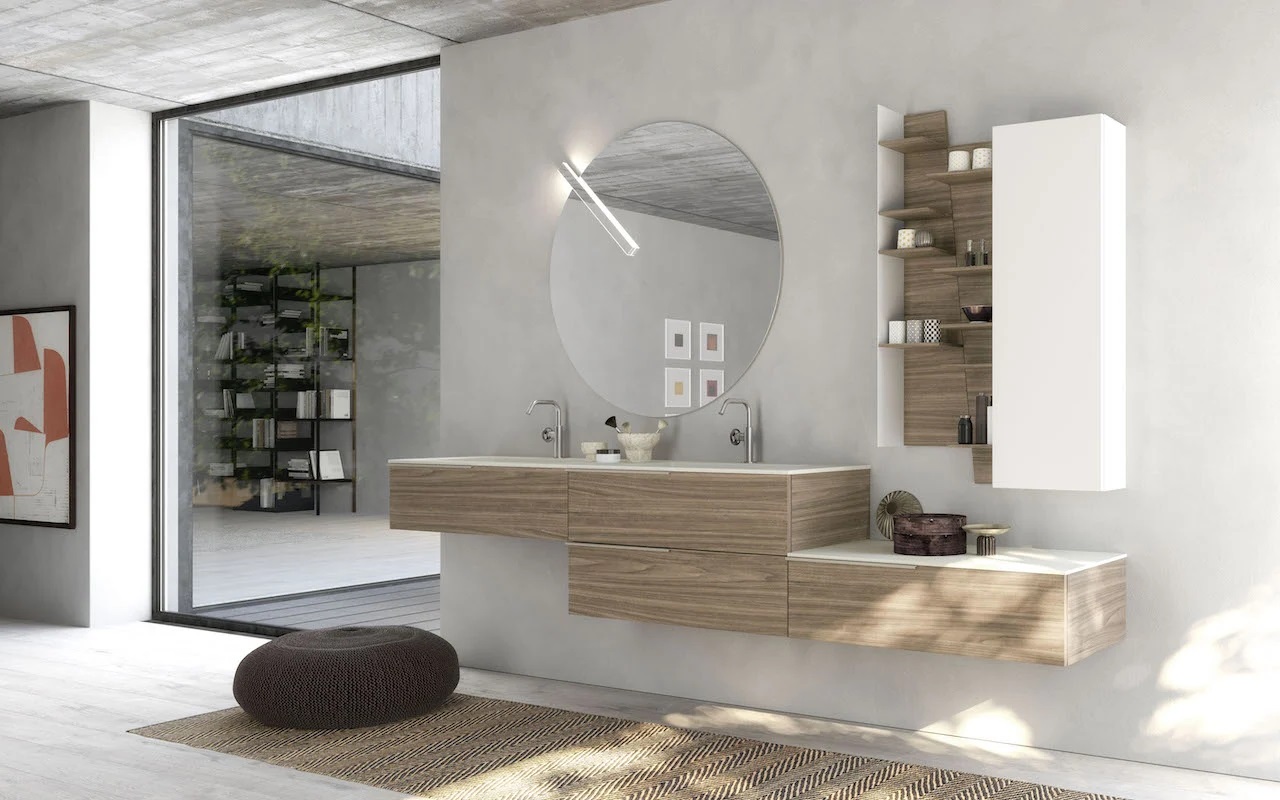
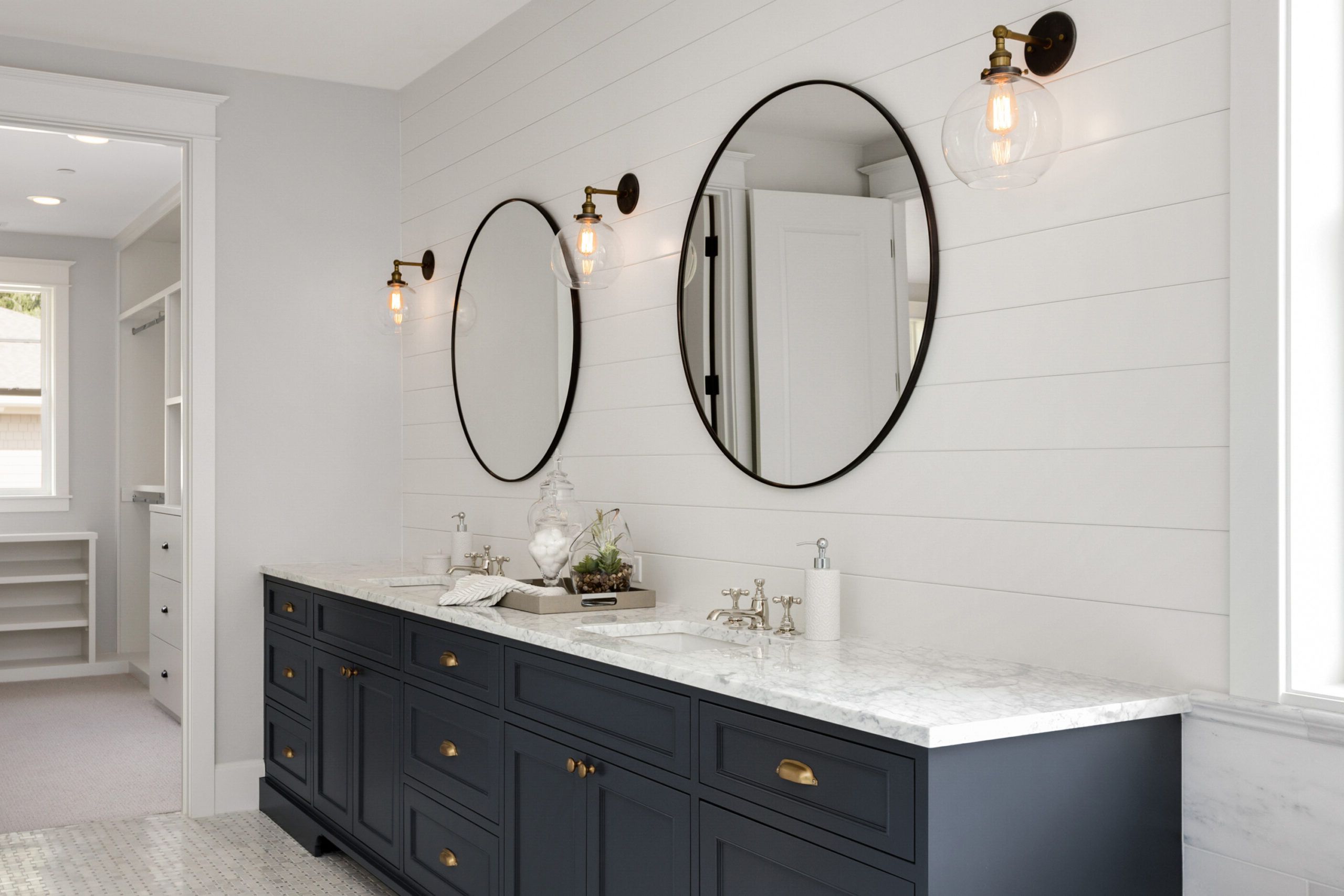

0 thoughts on “Designing A Bathroom Vanity: How To Choose A Vanity Unit”